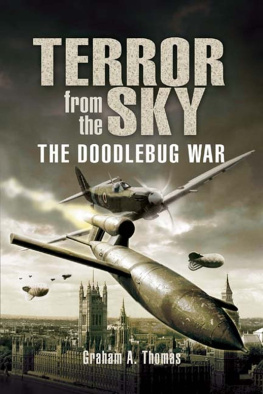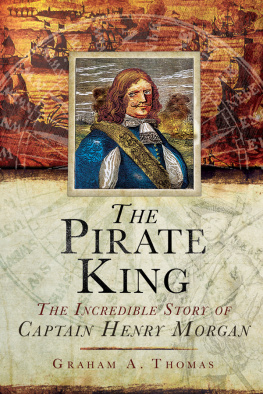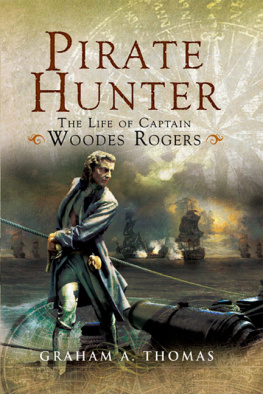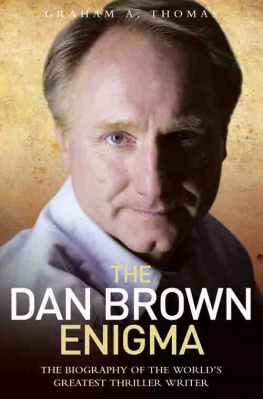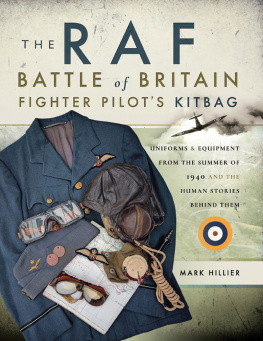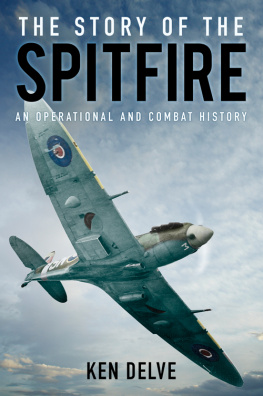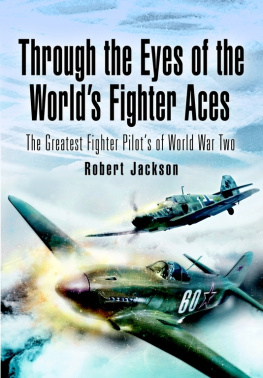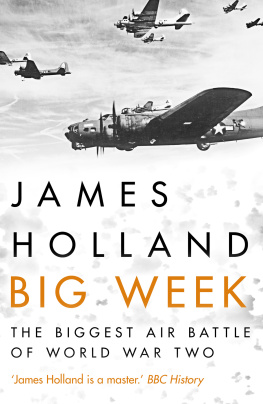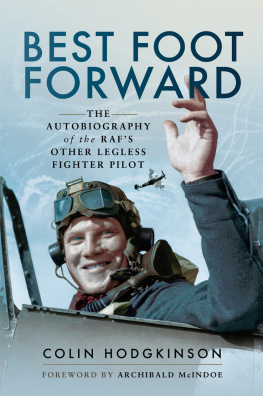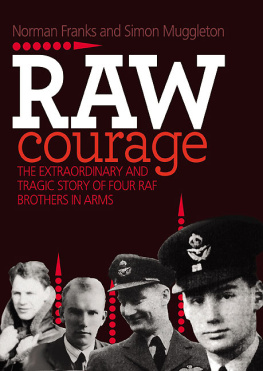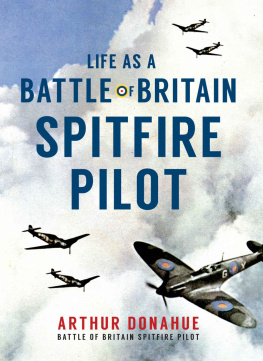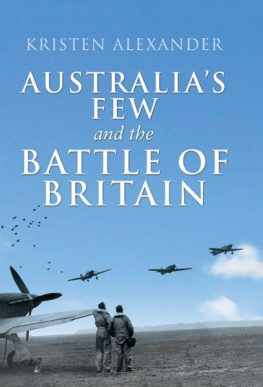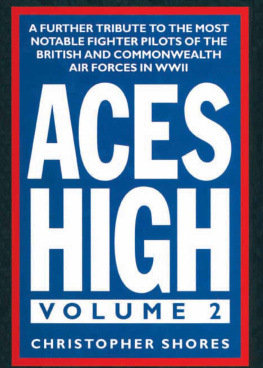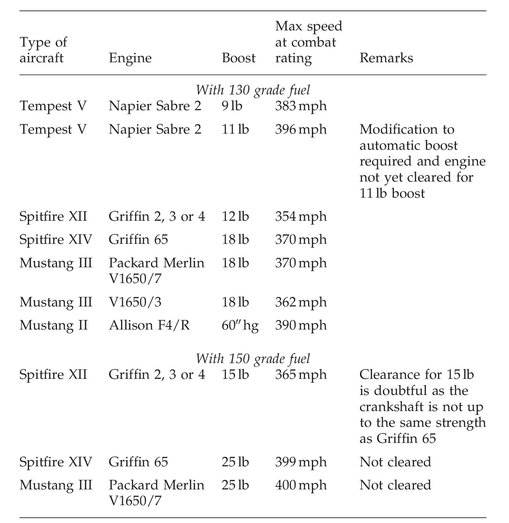I would like to thank the people at the National Archives and the Imperial War Museum for being so helpful, the people at the Royal Air Force Museum for their help and those people such as Wendy English who provided their recollections of life under the reign of terror from the doodlebugs. I would like to thank Dave Sanderson from 96 Squadron Association who provided a unique insight into the Squadron; Graham Berry, related to Joseph Berry, who had the highest score against V1s; John Kendall, the son of Squadron Leader Philip Joe Kendall; Tony Harper of 1 Squadron Association; Adrian Cooper from 501 Squadron Association; and Christer Landberg, webmaster for The Hawker Tempest Page.
APPENDIX 1
The State of Fighter Command
The Crossbow threat has proved serious; it is causing public alarm and is reducing production. Subject to the needs of the battle, therefore, we must do all we can to defeat it.
Assistant Chief of the Air Staff (Operations) Air Marshal WA Coryton
I n a report to the Secretary of State for Air the state of the aircraft being used by Fighter Command was outlined. Trials were underway for Spitfires, Mustangs and Mosquitoes to use N2O or nitrous oxide. The speed of Mosquito XIX and XXX models had been increased by 10 mph at 3,000 feet but the weight of the equipment amounted to 600 lb, discounting the advantage in speed.
The RAF have also found that appreciable increases of speed can be achieved on Mustangs, Spitfires and Tempest types by cleaning up the aircraft, an Air Ministry report dated 27 July 1944 stated.
The same report indicated that the British jet fighter, the Gloster Meteor, had not yet gone into action against the flying bomb. It had trouble with its cannon ejector chutes, which at the time of the report had just been fixed.
The use of smoke shells had been ruled out since the guns had been redeployed.
The fighters operating in the rear of guns obtain good preliminary indication of the tracks of flying bombs from gunfire bursts. Inland the R.O.C. are using Snowflake rockets, but the main system of control of fighters overland is by R/T running commentary. This is operating successfully.
In an Air Ministry report dated 12 August 1944 it outlined the advances made with Meteors. No. 616 Squadron then operated seven Meteor 1 aircraft from Manston. By the date of the report the Squadron had flown thirty-eight sorties and had destroyed three V1s.
The previous trouble with the cannon and ejector chutes, defects were found in the ammunition feed system, the report stated. At that time, 616 Squadron was to have a complement of Meteor 1 aircraft and Meteor 3 aircraft with the more powerful jet engines. By August the Squadron had six Mark 1 aircraft on strength; by September they received one more Mark 1 and two Mark 3 aircraft and by October another four Mark 3 Meteors were to be delivered.
The same report indicated that technical problems existed with the use of nitrous oxide on the piston-engine fighters. Also, the backfiring problems on these aircraft that resulted from the use of 150 grade fuel had been cured by the date of the report. All engines capable of using this type of fuel, which are being used on anti-Diver operations are being modified.
Four Tempest squadrons, four Mustang squadrons, two Spitfire Mk 9 squadrons, three Spitfire 14 squadrons, two Mosquito XIX squadrons and one Mosquito XII squadron were all modified to use the 150 grade fuel.
At the time there were fifteen day fighter squadrons (including seven Meteor 1 aircraft) flying against flying bombs. There were also five AI Night Fighter Squadrons, two Intruder Squadrons, five Tempest aircraft of FIU (Fighter Interception Unit) and six American Black Widow aircraft operating in the night fighter role against the flying bomb.
By 1 September operations with the Meteor had increased. Flying from Manston, 616 Squadron now operated eight Meteor 1 aircraft and since 11 August had flown 151 sorties, destroying seven flying bombs. All of the armament problems had by this time been overcome.
However, the use of nitrous oxide injection in Mosquitoes was limited to high altitude and had not yet been sanctioned for use at low altitude, which is where they would operate.
In an Air Ministry report dated 1 September 1944, information on how the backfiring problem experienced using 150 high-grade fuel had been corrected. The majority of aircraft which are being used on anti-Diver operations have been modified to take the higher boost allowed by the fuel, the report stated. Tests were under way to modify the manifolds of the Merlin 25 engines in the two Mosquito Intruder Squadrons to take advantage of the increased boost. At present this high boost can only be used when stub exhausts are fitted; this precludes the employment of the aircraft on normal Intruder work.
Another step taken to improve the performance of the Mosquitoes was to re-engine them with the Merlin 25 instead of the Merlin 23. This step was put in hand quickly.
At the same time the other fighters were in the process of being cleaned up. Steps taken to do this included:
- (i) Removal of all the paint, smoothing down of extrusions and the filling in of holes with a special kind of filler
- (ii) Improvements to streamlining, removal of unnecessary items in the air stream such as the backward leaning mirror and, in the case of the Mustangs, removal of the bomb racks and their fittings
- (iii) Crews looking after these aircraft wore rubber soled shoes to avoid any danger of scratching the aircraft during servicing.
The report also mentioned that the number of day fighter squadrons operating against the flying bomb had dropped to nine. There were four night fighter squadrons, one Tempest squadron and two Mosquito intruder squadrons flying in the night fighter role.
Day fighter squadrons on anti-Diver operations had been reduced as a result of the reduced scale of the German attack and also the lack of launches from sites south of the Somme, subsequently reducing the area in which the fighters had to operate. Some of the day fighter squadrons had been taken out of the fight in order to support Bomber Commands attacks on the Ruhr. The fighter squadrons concerned will be operating from their original airfields and can revert to Diver work in an emergency, the report continued.
Tempests and Mustangs were used to provide experimental and operational flying for the Experimental Control Unit at Fairlight.
APPENDIX 2
Performance of Various Fighter Aircraft at 2,000 Feet
APPENDIX 3
Spitfire Power at 1,000 Feet
The power required to fly Spitfires at 350 mph and 400 mph at 1,000 feet
350 mph = 1,850 hp
400 mph = 2,800 hp
| The maximum power developed by a Spitfire IX at 1,000 feet at 18 lb boost | 1,700 hp |
| The maximum power developed by a Spitfire IX at 1,000 feet at 25lb boost | 1,910 hp |
| The maximum power developed by a Spitfire XIV at 18 lb boost | 1,980 hp |
| The maximum power developed by a Spitfire XIV at 25 lb boost | 2,200 hp |
APPENDIX 4
Recollections
T hroughout this book we have heard the voices of the pilots, politicians and senior military men who were involved with the Battle of the Flying Bomb. But the book cannot end without the remembrances of the ordinary people who had to endure the terrible menace of the V1.

